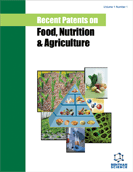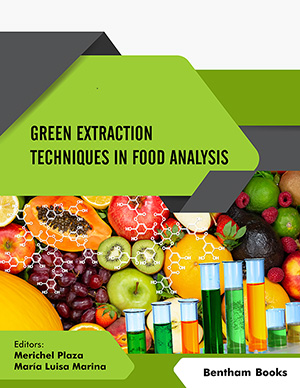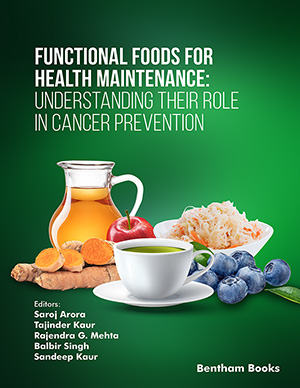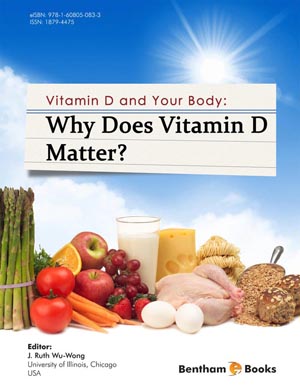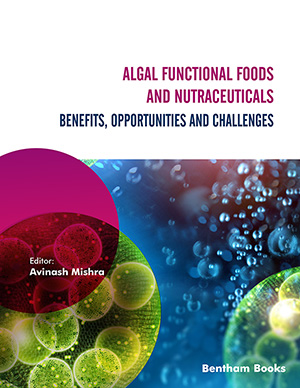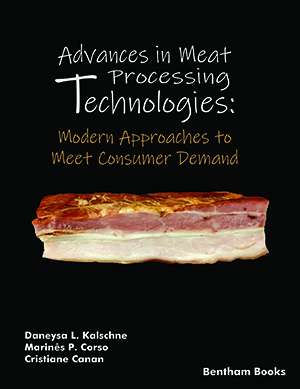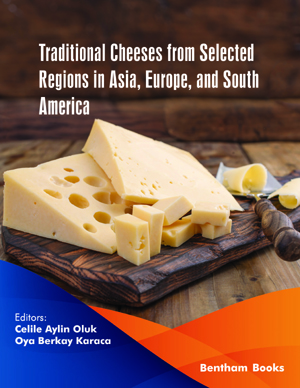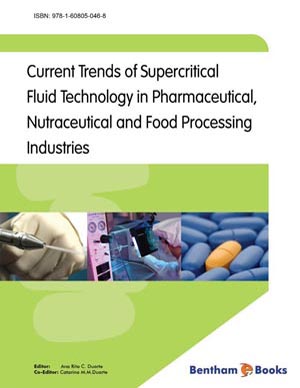Abstract
Plastic production has exponentially increased since the 1950s and reached 322 million tons in 2015. It is expected that the production of microplastic will continue increasing to at least double the production of 2015. As documented in laboratory and field studies, marine organisms of commercial importance for fisheries and aquaculture are affected by microplastics ingestion not only due to the additives used in their manufacture but also because microplastics act as absorbents of persistent organic pollutants (POPs) from the environment. The ingestion of microplastics by aquatic organisms pose a risk to marine environment and food safety. Although microplastics are a human health hazard, their effects on seafood is attenuated by the extraction of the gastrointestinal tract. However, shellfish and other species of crustaceous consumed whole pose a particular concern for human exposure. This chapter discusses the problems associated with microplastics ingested by marine organisms. The most common methods used for sampling, identification, and quantification of microplastics are mentioned and some analytical methods to determine plastic additives and POPs adsorbed on the microplastics in different marine environment matrices are described. Microplastic dietary intake and the limitations for food safety risk assessment are also addressed. Since 2004, many types of research have focused on this topic and analyzed microplastics in various environmental matrices. However, the development of standardized methods for the screening, identification, detection, and quantification of microplastics in marine environment remains a challenge.
Keywords: Additives, Analytical methods, Environmental matrices, Food safety, Microplastics, Risk assessment, Seafood.



